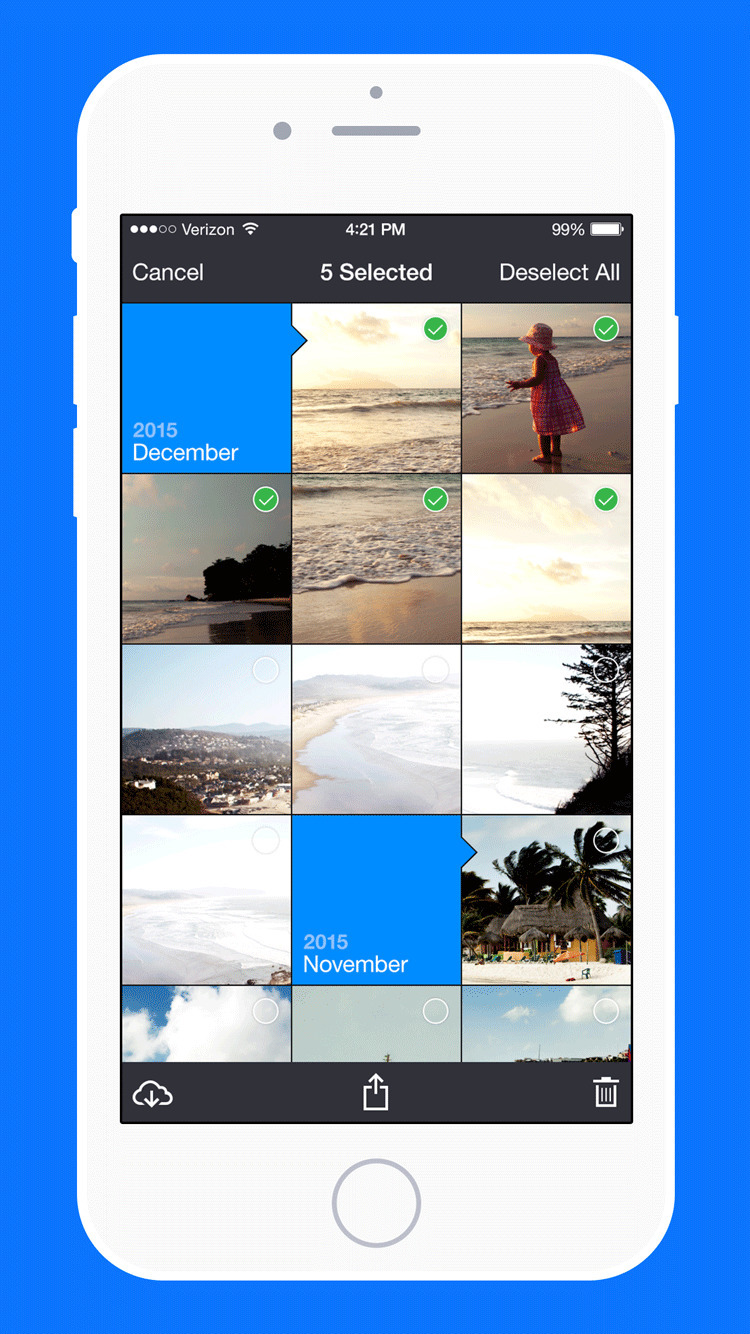

If you’ve taken at least 20 photos with the location enabled, Amazon Photos will create a story based on those photos.Ĭlick the People category to see photos based on identified people. Here, click the phrase Who’s this? for a specific person and type their name.

At the editing window, you can rotate the photo, apply different filters, adjust the brightness and contrast, add text, and tweak the focus.Īt the top left, click the Stories category. Want to edit your photos? Click the ellipsis icon and select Edit photo. From here, you can share the photo, tag it as a favorite, zoom in and out, view it in slideshow format, or move it to the trash. Check one or more criteria to narrow down your selection, then uncheck the boxes to view all your photos again.Ĭlick a photo to view it up close. Click one of the four small grid icons on the right to change the layout of your photos to use different numbers of rows and columns.įrom the left pane, you can filter the photos you see based on media type (photos or videos), the year taken, the types of things in the photos, and the people identified.

Upload the photos you want to store on Amazon Photos.Īfter you’ve uploaded an array of photos, you can view them in different ways. Assuming you haven’t yet uploaded or synced photos with your account, the page will prompt you to drag and drop photos or browse and select them from your computer. To get started, open your desktop browser to the Amazon Photos website and sign in with your Amazon account. You can pay for storage as you go and cancel your plan at any time. Storage plans start at $1.99 per month for 100GB ($19.99 per year), move to $6.99 per month for 1TB ($59.99 annually), and continue on up from there. Though Amazon Photos makes the most sense for Prime members, non-subscribers can tap into the service as well, but it will cost you. Best Hosted Endpoint Protection and Security Software.


 0 kommentar(er)
0 kommentar(er)
